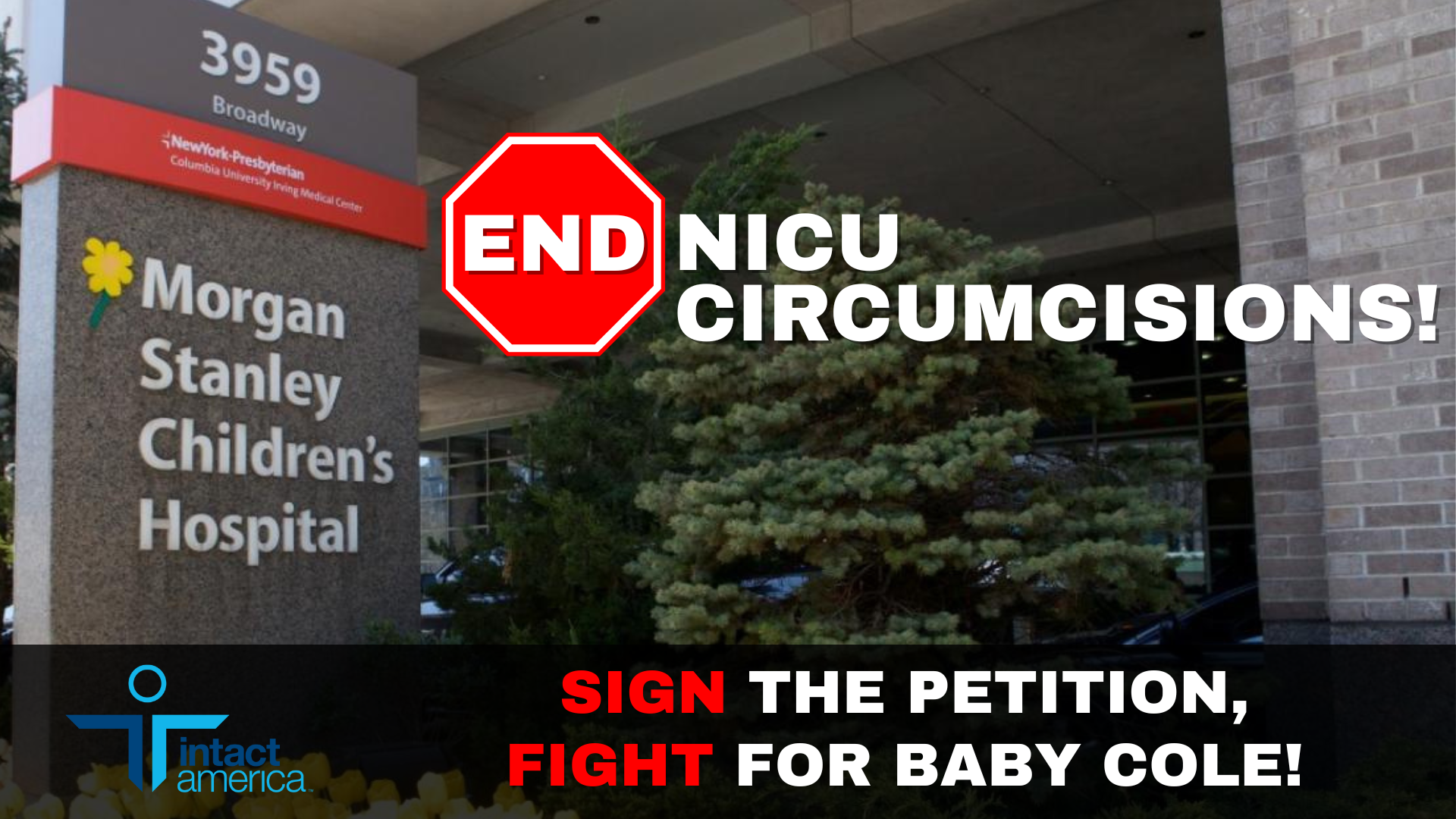
The greatest trick the medical industry ever pulled?
Convincing millions of people they needed a surgery they never asked for—on body parts they didn’t know they were missing.
We’ve seen this kind of manipulation before. Apple did it with the iPhone. Lululemon with $120 leggings. But long before Silicon Valley and influencer marketing, the U.S. medical establishment launched its own masterclass in branding: it turned a painful, irreversible genital surgery into a symbol of purity.
That surgery? Circumcision.
That symbol? “Clean.”
One word. One weaponized narrative. One of the most enduring lies in American medicine.
A Dirty Lie Wrapped in White Coats and Euphemisms
Circumcision didn’t spread across the U.S. because of infectious disease. It didn’t emerge from peer-reviewed science or hygiene breakthroughs.
It spread because 19th-century doctors wanted to stop boys from masturbating.
Yes, really.
Medical journals back then were full of fear-mongering about “self-abuse” leading to blindness, insanity, even moral decay. Circumcision was offered as a cure—an intentional act of pain to punish desire. It was more puritanical punishment than medicine.
But as public attitudes shifted and the sexual revolution began to brew, doctors realized they needed a new story.
So they rebranded.
Suddenly, it wasn’t about stopping sin—it was about promoting “cleanliness.”
And just like that, a violent act became a virtue. A knife became a bath.
“Clean” vs. “Natural”: When Language Becomes a Weapon
Words matter. And in the case of circumcision, language didn’t just influence—it dictated.
By reframing the natural male body as “dirty,” the medical establishment created a binary: circumcised boys were clean. Intact boys? Filthy. Foreign. Shameful.
No one questions the cleanliness of eyelids or labia. No one suggests cutting them off to avoid infections. But the foreskin—a highly specialized, self-cleaning, protective organ—was labeled a problem.
Why? Because marketing doesn’t need logic. It needs a villain.
And with “clean” on its side, circumcision didn’t just become accepted. It became expected.
The Data Doesn’t Lie—But the Industry Did
Countries with low circumcision rates—like Sweden, Norway, the UK, and Japan—aren’t drowning in penile infections.
In fact, many have better overall health outcomes and fewer complications tied to infant surgery.
What they don’t have?
A billion-dollar circumcision industry.
A pipeline of insurance payouts for elective procedures.
Generations of men deprived of their bodily autonomy and never told what they lost.
Selling Fear, Soap, and Shame: The Psychology of Parental Manipulation
Imagine you’re a new parent. You’ve barely slept. You’re holding your fragile newborn. And a doctor—a trusted figure—walks in with a pamphlet, a gentle tone, and a loaded question:
“You want him to stay clean, right?”
That’s it. No warning about risks. No acknowledgment that it’s medically unnecessary. Just a quiet implication: if you don’t say yes, you’re a bad parent.
Fear takes over.
Doubt creeps in.
And consent—real, informed consent—goes out the window.
It’s the same tactic used to sell beauty standards, diet pills, and detox scams.
Invent a problem. Then sell the fix.
The Greatest Rebrand in Medicine
Let’s call it what it is.
| Element | Reality | Rebrand |
|---|---|---|
| Procedure | Genital amputation without consent | “Simple snip” |
| Problem | Non-existent hygiene threat | “Dirty baby” |
| Target Audience | Exhausted, anxious parents | “Good moms and dads” |
| Hook | Fear of judgment | “He’ll be made fun of” |
| Emotional Weapon | Shame | “Do the right thing” |
This wasn’t science. It was spin.
Big Tobacco did it. So did formula companies. And now, we’re watching the medical machine do it in real-time—selling surgery to solve a myth.
The Real Cost of “Clean”
Circumcision doesn’t just remove a foreskin.
It removes:
- Choice — the right of the child to grow up and decide for themselves.
- Sensation — thousands of nerve endings and a gliding mechanism designed by evolution.
- Trust — when grown men find out what was taken from them, the betrayal hits deep.
“I found out in my thirties,” says Jason, a member of a foreskin restoration forum. “My parents were sold a lie. Now I live with the consequences.”
The worst part? Many men don’t even know what they’re missing. They’ve been told their whole life: this is normal.
That’s not medicine. That’s mutilation disguised as routine.
Silence Was Part of the Sale
You want to know how effective the campaign was?
Try bringing up circumcision at a dinner party. Watch the discomfort. The shutdown. The canned responses:
- “It’s just cleaner.”
- “It’s what we do here.”
- “It’s no big deal.”
That’s not reason. That’s trauma repetition.
We’ve been so deeply conditioned that even questioning it feels like heresy.
That’s how powerful this PR machine was.
But the Spell Is Breaking
Here’s the plot twist.
Thanks to the internet, truth is going viral. Parents are researching. Men are speaking up. The silence is cracking.
Movements like Intact America are tearing down the curtain and exposing the wizard behind the operating table.
The conversation is shifting. What was once taboo is now being shouted from rooftops—and comment sections.
What “Clean” Actually Looks Like
Let’s redefine the word.
Clean isn’t cutting healthy babies.
Clean is informed consent.
Clean is respecting bodily autonomy.
Clean is a world where no child’s body is altered to ease an adult’s fear.
Clean is truth.
Clean is wholeness.
Clean is leaving the baby intact.
Final Cut
Circumcision didn’t become popular because of health benefits. It became popular because of branding. Because of fear. Because the truth was buried beneath white coats and sterile instruments.
But we’re done whispering.
We’re done pretending that “clean” is a good enough reason to violate a baby’s body.
We’re calling it what it is: a lie sold as love.
And we’re not buying it anymore.





No Comments